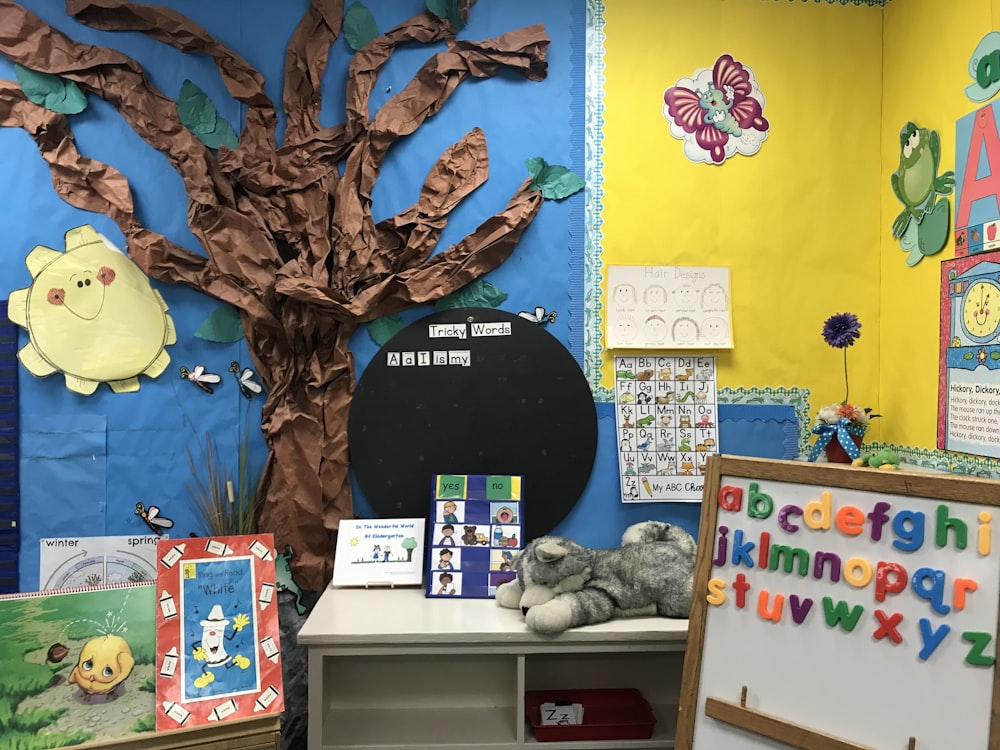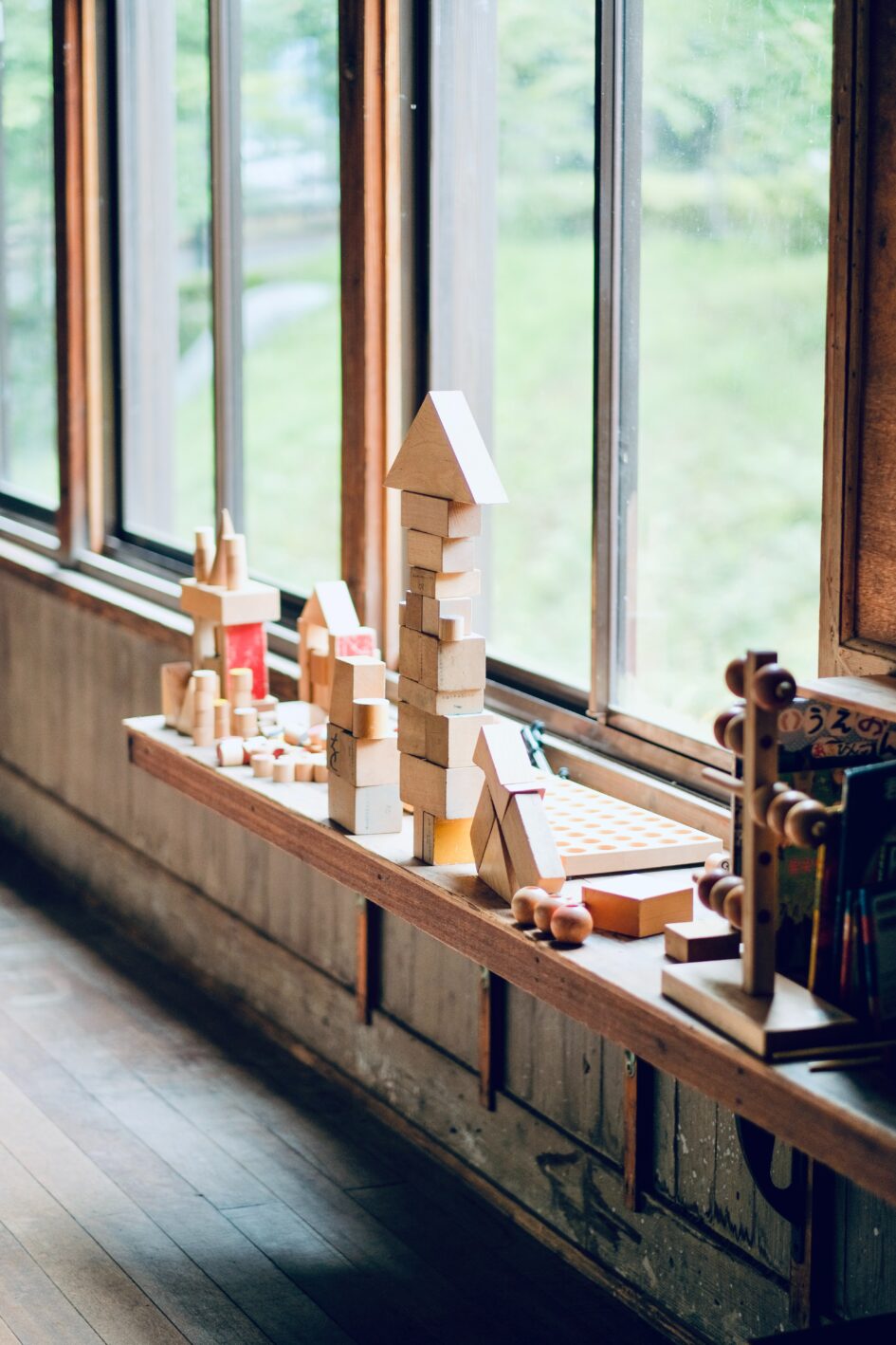In our second-to-last EDCI 336 class we were joined via Zoom by Rebecca Bathurst-Hunt a kindergarten teacher who strives for inquiry based-learning at a primary grade level. This presentation was very intriguing as I had never thought that inquiry could successfully be used in a kindergarten classroom but Rebecca gave me a lot to think about.
Yes, inquiry explains the independent and research-based learning most of us are doing right now but through positive leadership and provocation teachers can be demonstrating inquiry learning without their student even realizing it. By simply giving students an area where they can allow questions to arise and tap into their wonders and curiosities about the world, we are fostering a positive inquiry-based environment. Rebecca explained that an easy and more importantly authentic way to inspire provocation is to take your class into nature or outdoors as this often leads students to have natural questions about their surroundings. Especially at a primary level, it’s important to not rush the inquiry process; instead start slow and work your way up to independent learning. At first students need your guidance through the inquiry process but teachers also should keep in mind that students’ voices are equally as important as teachers so don’t take too much control away from them.

Rebecca also gave us the opportunity to look into her own kindergarten classroom specifically the classroom layout and how that has an impact on her teaching practice. What I enjoyed Rebecca’s walk-through was that she was very sure of what her students’ needs are and every single decision she has made in terms of her classroom setup has a purpose. Rebecca allows for students to develop a sense of independence and responsibility in her classroom which I admire as an educator and as a student. After today’s class my educational knowledge about inquiry has shifted and I now know there are ways to incorporate inquiry into primary classrooms and have students respond with a positive mindset.

Leave a Reply
You must be logged in to post a comment.